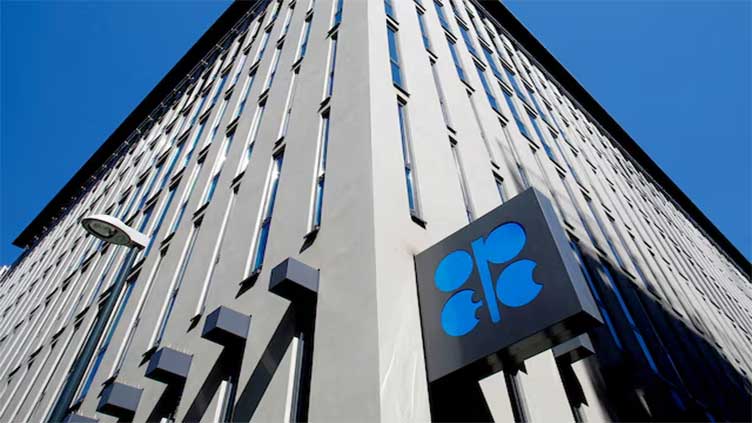OPEC switches to 'call on OPEC+' in global oil demand outlook, sources say

Business
The change reflects what has become long-standing cooperation between members of OPEC and the group
LONDON (Reuters) – OPEC will stop publishing a calculation of the world's demand for its own crude in its monthly oil report, two sources close to the matter said, focusing instead on forecasts for demand for oil from the wider OPEC+ group.
The change reflects what has become long-standing cooperation between the members of the Organisation of the Petroleum Exporting Countries and the wider grouping on taking collective oil supply decisions.
OPEC's Vienna secretariat has in its monthly reports published an estimate of the demand for OPEC crude, sometimes known as the 'call on OPEC'. The number is watched by analysts and traders as an indicator of oil market strength.
But from this month OPEC will give only the estimate of demand for crude from the Declaration of Cooperation (DoC) countries, the sources said. The DoC is the formal name for OPEC+, which comprises the 12 OPEC members and 10 non-members of which Russia is the largest producer.
Demand for crude from the wider group is now more relevant, one of the sources said, because the DoC nowadays is the framework for cooperation on the oil market. Both sources declined to be identified by name.
OPEC did not immediately respond to a request for comment.
The market share of OPEC crude has fallen to a multi-decade low of 27% after Angola's exit at the end of last year. OPEC+ crude has a larger share of around 41% according to Reuters calculations, and more if all types of oil are included.
The DoC was formed in 2016 after a 2014-2016 oil supply glut prompted a drop in prices and spurred OPEC and non-OPEC countries to work together to curtail output and support the market for the first time since 2001.
OPEC, founded in 1960, has as its main aim "the coordination and unification of the petroleum policies of member-countries," according to its statute. Members appoint officials to a board of governors and other committees.
OPEC+, with no permanent headquarters, is a less formal alliance, making it easier for countries that do not wish to join OPEC to still work with it.
For example, Russia had long seen OPEC as a rival and multiple cooperation attempts failed. The 2016 price collapse brought them closer but some officials including Igor Sechin, head of energy giant Rosneft, opposed closer cooperation with OPEC.
BRIEF COLLAPSE
OPEC+ briefly collapsed in 2020 but soon reformed to tackle a demand slump caused by the COVID-19 pandemic and has shown staying power since then.
The pact marked its seventh anniversary in December, with OPEC saying members were showing "unwavering commitment."
OPEC, for the first time, published a figure for demand for DoC crude in its April report, which was given alongside the traditional call on OPEC.
The call on OPEC is essentially the amount of crude OPEC needs to pump to balance the market, given the expected non-OPEC supply and OPEC output of oil such as natural gas liquids which is excluded from output agreements.
OPEC's April report sees 2024 demand for OPEC crude at 28.5 million barrels per day and demand for DoC crude at 43.2 million bpd, as compared with world oil demand of 104.5 million bpd.
The International Energy Agency, another closely watched forecaster, already publishes an estimate of the call on DoC, and sees the demand for OPEC+ crude plus inventories at 41.8 million bpd in 2024.
Their move could affect the way in which other analysts look at the oil market.
OPEC's next monthly report, which the sources said will reflect the change, is out on Tuesday.



